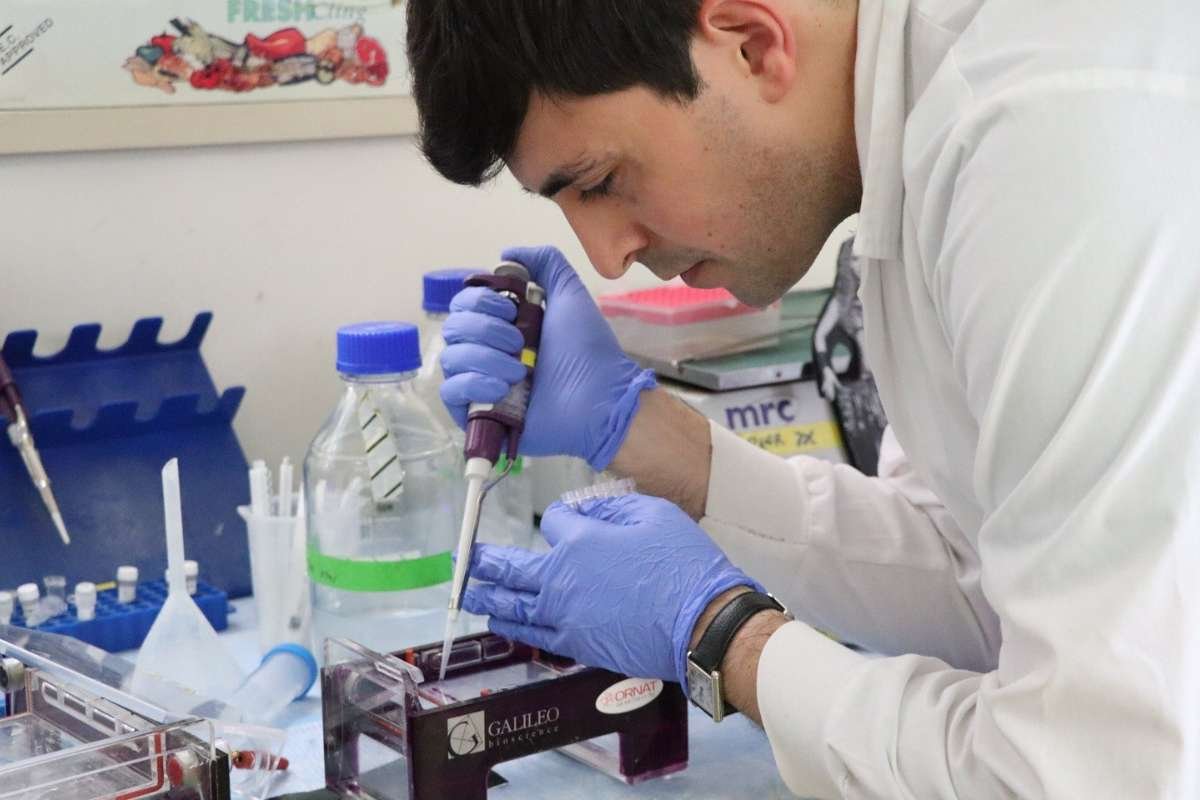Smell Perception Altered in Confined and Isolated Environments
A groundbreaking study by RMIT University has revealed how confined and isolating environments significantly alter the way people perceive food aromas. Conducted by a team of researchers, the study assessed the emotional responses and smell perception of 44 participants exposed to two simulated environments: a microgravity posture mimicking that of astronauts and a confined spaces setting resembling the International Space Station (ISS) created through virtual reality (VR) technology.
Participants experienced the aromas of vanilla, almond, lemon, lemon myrtle, eucalyptus, peppermint, vinegar, and lemongrass under these conditions. The findings, published in Food Research International, offer fresh insights into why astronauts report changes in taste perception and struggle to maintain their nutritional intake during extended space missions. These results also suggest potential applications for improving the diets of isolated groups on Earth, such as nursing home residents, by tailoring aromas to enhance the flavor of their meals.
Virtual Reality Heightens Aroma Perception
The study found that VR simulations of confined spaces evoked more intense perceptions of most food aromas compared to the microgravity posture simulation. Dr. Julia Low, co-lead of the research, highlighted VR’s effectiveness in mimicking confinement, noting that even short exposure could induce feelings of isolation. This immersive experience intensified participants’ perception of nearly all aromas, with the exception of lemongrass.
Dr. Lisa Newman, who co-led the study with Low, emphasized that while microgravity has traditionally been considered the primary factor influencing astronauts’ taste perception, the team’s findings demonstrate the significant role of environmental confinement. PhD scholar Grace Loke, the study’s first author, pointed out that individual sensitivities also play a critical role in how aromas are perceived in such settings.
“This research broadens our understanding of the psychological and sensory challenges faced in space and isolated conditions,” said Loke. “It offers a pathway to creating personalized meal plans for both astronauts and individuals living in remote or solitary circumstances on Earth.”
Emotions and Stress Shape Aroma Responses
The research also highlighted the link between emotional states and the perception of specific food aromas. Participants in the VR simulation who reported positive emotions tended to perceive certain aromas, such as almond and vinegar, as more intense. Conversely, stress reduced the perceived intensity of some scents, including vinegar. This connection may explain why astronauts develop a preference for foods they would not typically enjoy on Earth.
Looking ahead, the team plans to combine the microgravity posture with the VR simulation for more comprehensive experiments. These efforts aim to better replicate the astronaut experience and devise strategies for enhancing psychological adaptation and dietary satisfaction during long-term space missions, such as future trips to Mars.
Dr. Newman emphasized the practical applications of the research, suggesting that the findings could support the development of personalized meal experiences for astronauts and isolated individuals alike. “This work highlights the importance of studying individual variations in sensory perception to improve well-being in confined spaces, stressful environments,” she said.
The study is part of a larger initiative by RMIT University to explore how environmental factors influence taste and smell. The researchers are now recruiting participants to further investigate these effects. Interested individuals in Melbourne can contact Grace Loke at grace.loke@rmit.edu.au.
For further reading, the findings are detailed in the paper Food Odor Perception and Affective Response in Virtual Spacecraft and Microgravity Body Posture (1-G), published in Food Research International. Other related works include studies on immersive environments and sensory perception in space contexts, which contribute to understanding how humans respond to eating in challenging settings.









